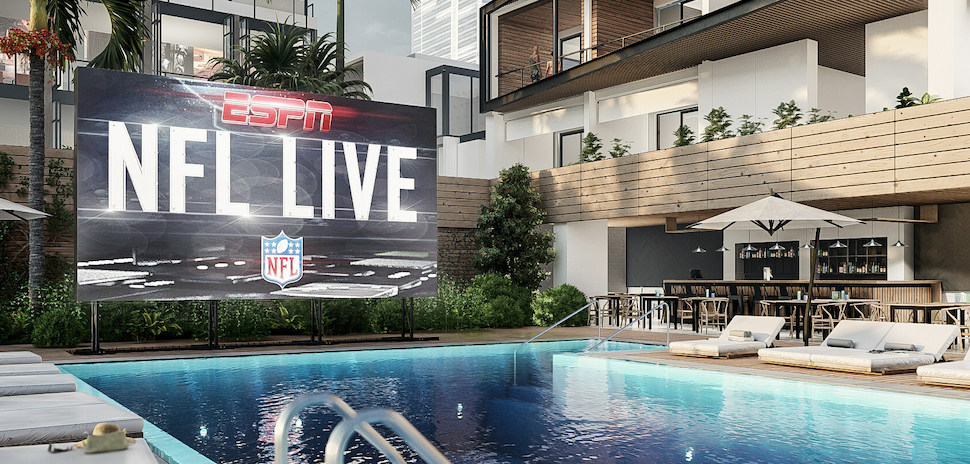Examining the Diverse Integration Solutions Available for Light Emitting Diode Wall Modules
Examining the Diverse Integration Solutions Available for Light Emitting Diode Wall Modules
Blog Article
LED display units have secured popularity for their ability to deliver high-quality imagery in multiple settings, from corporate environments to event venues. One of the primary aspects of these panels is their connectivity capabilities, which allow users to connect them to multiple devices and systems. Comprehending the broad input options supported for Light Emitting Diode wall panels is essential for maximizing their use and effectiveness. This article explores these options, highlighting how they can cater to specific needs and preferences.
One common interface method for Light Emitting Diode wall panels is HDMI. HDMI is broadly recognized for transmitting crisp video and audio signals between components. This interface type is particularly useful in business settings, such as conference rooms or training rooms, where presentations or video content are often displayed. By using digital connectors, users can easily connect laptops, projectors, and streaming equipment to LED wall panels, guaranteeing a sharp and dynamic display of information.
Another commonly used interface option is DisplayPort, which is comparable to High-Definition Multimedia Interface but offers additional advantages. Display Port can support elevated refresh rates and resolutions, making it an ideal choice for gaming or design-heavy applications. For those deploying LED wall panels in environments where output quality is essential, such as competitive gaming venues or creative workspaces, DisplayPort can provide the required visual quality. Additionally, many contemporary computers and graphics cards include DisplayPort connections, making it a convenient option for technology-oriented users.
In contrast to HDMI and DisplayPort, wireless transmission methods are becoming progressively prevalent in LED wall panel technology. Cable-free interfaces allow operators to share content without the need for physical cables, enabling a streamlined and more flexible setup. Technologies such as Wi-Fi and short-range communication allow users to link smartphones, tablets, and laptops directly to LED wall panels without cumbersome wires. This convenience is particularly advantageous in dynamic environments like trade shows or events, where rapid adjustments to displays are often required.
For extensive installations or more intricate configurations, network connectivity through Ethernet is another viable option. Wired links provide a consistent and robust way to integrate multiple LED wall panels within a network. This setup is ideal for digital signage use cases found in retail centers or transport hubs, where multiple panels may need to present synchronized content across a wide area. By using Ethernet cables and network switches, users can guarantee that all connected panels receive consistent data and content efficiently.
Finally, it's crucial to evaluate the evolution of interface technology with advancements such as USB-C and Thunderbolt 3. These newer interfaces offer enhanced data transfer rates and flexibility by allowing one connector to learn the facts here now handle both energy transfer and data transmission. As more devices adopt these standards, LED wall panels equipped with USB-C ports will likely become more common. This evolution in connectivity not only enhances the functionality of LED wall panels but also aligns with the growing trend of minimalism in hardware arrangements by reducing the number of cables required.
In summary, exploring the diverse connectivity options available for Light Emitting Diode wall panels reveals many opportunities for operators across multiple fields. From conventional approaches like High-Definition Multimedia Interface and Display Port to contemporary cordless technologies and LAN setups, each pathway serves click over here specific functions suited to distinct needs. Furthermore, next-gen technologies like Universal Serial Bus-C offer further developments in how professionals utilize LED wall panels. By understanding these connectivity choices, individuals can make informed decisions that enhance their overall engagement with these multifunctional visual solutions.